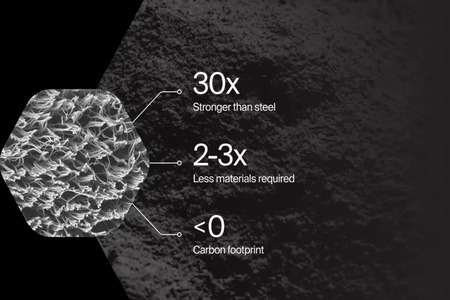
Garment retailers shift to fixed price to lower duty payment burden
YarnsandFibers News Bureau 2016-08-02 11:00:00 – MumbaiGarment retailers in India have started gradually shifting from the maximum retail price regime (MRP) to fixed price regime after Union Finance Minister Arun Jaitley, while announcing the Union Budget 2016-17, announced a 2% levy of excise duty on garments and made ups with retail price of over Rs 1,000.
This means, excise duty was levied on garments based on its MRP, irrespective of the actual realisation for the retailer. For example, a branded shirt with an MRP tag of Rs 1,400 is sold with a 50% discount. Then, the actual realization for the retailer works out to Rs 700. If the retailer sells the same shirt at “fixed cost†basis at Rs 700, there will be no change in the retailer’s realization. While the shirt will come under excise net if it is sold with MRP tag, it won’t attract the duty if it is sold with “fixed price†tag.
In case the retailers offer seasonal discounts, being the usual practice to exhaust old stocks to make room for the new ones, they are required to pay excise duty on the portion of discount as well.
It makes business sense to shift to ‘fixed price’ tag with actual realization rather than tagging with MRP and offer heavy discounts thereafter. Such a shift will not only prevent them from calculating excise levy payment but also lower duty payment burden, said Vijay Agarwal, managing director, Creative Garments and former chairman of Apparel Export Promotion Council (AEPC).
However, excise duty will be applicable only for those manufacturers who do not claim input tax credit (ITC), popularly known as central value added tax (Cenvat), paid on various raw materials. Manufacturers who claim ITC, however, will need to pay 12.5% excise duty. Until now, excise duty was “nil†on manufactures without ITC claim and 6-12.5% for those who claimed ITC.
Interestingly, excise duty is paid on MRP, irrespective of the actual realization from the garments. Through this shift, around a third of garments priced over Rs 1,000 would be exempted from the excise net due to their actual price would come down to below Rs 1,000.
Excise duty on garments is levied for years. In the last Union Budget, however, it was capped on a branded garment with a price tag of Rs 1,000. So, retailers are changing their business tactics, said R K Dalmia, Chairman, The Cotton Textiles Export Promotion Council (Texprocil) and Senior President, Century Textiles and Industries.
Rahul Mehta, President, Clothing Manufacturers Association of India (CMAI) said that earlier, MRP was fixed on inflated basis to consider all aspects including discounts, duties etc. So, even if the actual realization was lower than the statutory excisable price limit of Rs 1,000, excise duty was paid.
On MRP, however, huge discounts were offered to attract customers’ footfalls. But, manufacturer would fix a tag with the genuine price.
The fixed price will be the actual gross realization of garments as it would include cost of manufacturing and other expenses viz duties, labour and transportation costs etc.
According to trade sources, existing stocks continue with MRP tag with offer of 40-50% discount. But, new stocks come only with “fixed price†tag. This means, customers may not find luring discount offers of 40-50% or “buy one, get one free†kind of banners on the walls of garment retail shops.
The product mix of garments stocks has seen a rapid change in the last four months. From around 100% of MRP-based products before the Union Budget in February, half of the stock is coming now with “fixed price†tag.
Market Intelligence
Ask for free sample Report

experience
Customer Base
dedicated team
Countries Served Worldwide









